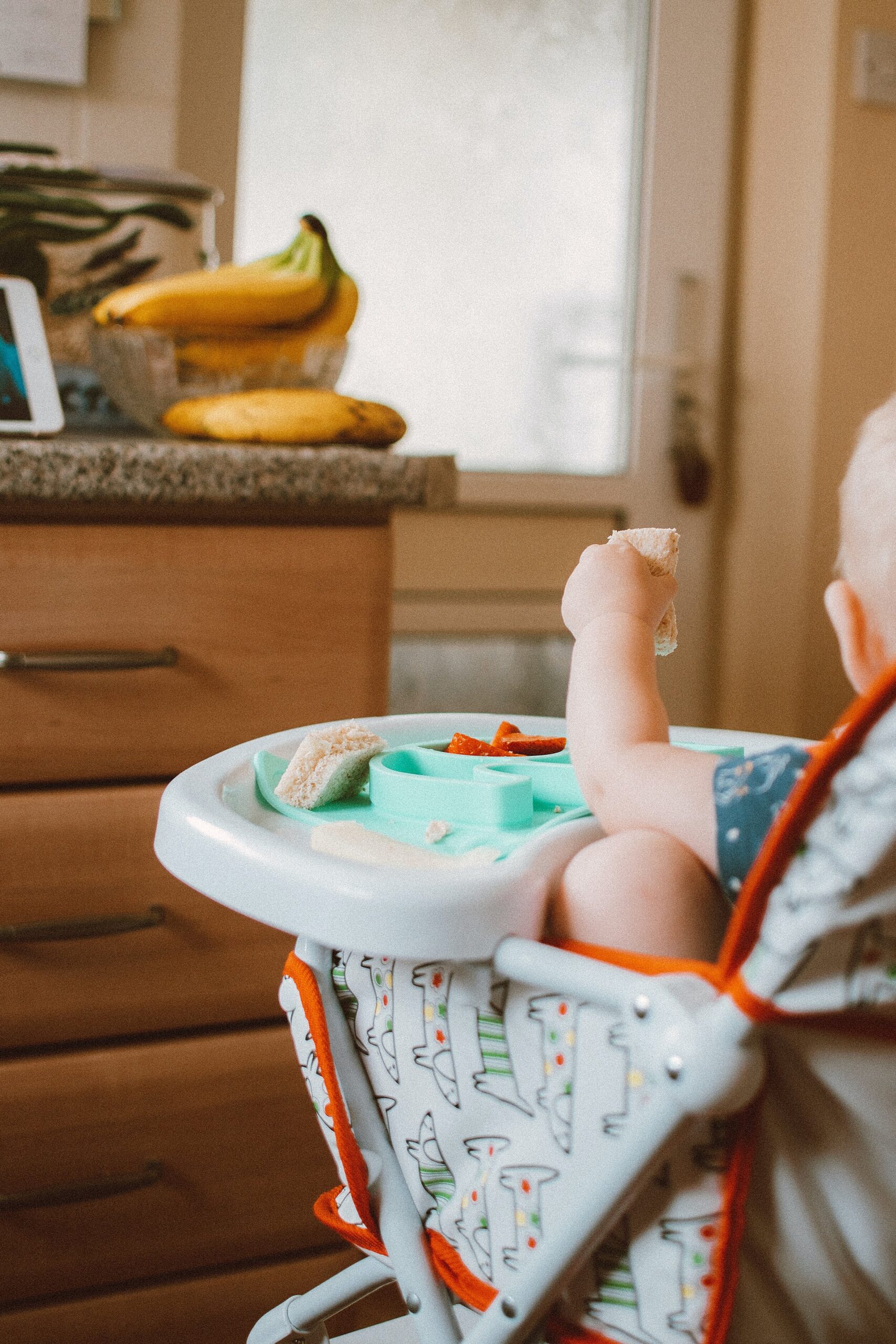Weaning is the process of transitioning from one type of food to another. It’s also the term used to describe a child’s transition from breastfeeding to a bottle, a cup, or solid food.
When to Start Weaning
The American Academy of Pediatrics encourages exclusive nursing for the first six months, followed by continued breastfeeding and solid food introduction until your child’s first birthday and beyond. The decision on whether to wean your infant, on the other hand, is entirely up to you.
While some women begin weaning immediately to return to work, others may wait until their children are toddlers before totally weaning. Sometimes the mother decides when to start weaning, and other times the baby does.
Each child is unique, and each tolerates weaning in their way. Some infants readily adapt to weaning.
They could love tasting different dishes with a spoon and learning how to use a cup. Others are hesitant to discontinue breastfeeding and refuse to use a bottle or any other type of feeding. It might be a smooth transition or a highly difficult one.
You may even decide to begin weaning only to discover that neither you nor your kid is genuinely ready. That’s all right. You can always alter your mind and try another time again or try partial weaning.
Weaning, like breastfeeding, does not have to be all or nothing.
How Parents Know When They Should Wean
Planning Ahead
Weaning is likely to be a significant transition for your child.
Weaning can be traumatic for many older children because breastfeeding is more about security and comfort than nourishment. This implies that it’s probably best to avoid weaning during other essential life transitions for your child, such as potty training, starting child care, or moving house.
It’s a good idea to start discussing with your child what will happen a few weeks or months before you start weaning. This will give your child time to adjust to the notion and may make the transition smoother.
The Different Kinds of Weaning
There are various strategies and types of weaning; choose the one that is right for you and your baby:
Baby-Led Weaning
Sometimes, a baby will stop breastfeeding on its own. Young infants, on the other hand, rarely wean themselves. True self-weaning is usually gradual and occurs after a child has reached the age of a year.
Gradual Weaning
Gradual weaning is a slow method of weaning. It happens for weeks, months, or years.
Partial Weaning
If you cannot breastfeed exclusively but do not wish to discontinue breastfeeding, partial weaning is an excellent option.
Sudden Weaning
Sudden weaning is the sudden end of breastfeeding.
Temporary Weaning
Temporary weaning occurs when nursing is discontinued for a short period and then resumed. For example, if a mother has a medical problem or requires surgery, she may temporarily wean her child.

Switching to a Bottle or Cup
When the time comes to wean your infant, it’s best if you can do so gradually. Begin by giving your infant one bottle each day instead of one breastfeeding session. As the days pass, you can gradually introduce more bottles and nurse less frequently.
It is easiest to substitute daytime feedings first, then nap time and early morning feedings. Bedtime breastfeeding is probably the most difficult for an infant to give up. Thus it’s usually the final one to go.
If your baby is above six months old, you can wean them directly to a cup and avoid using bottles entirely.
At around six months of age, an infant can drink from a cup. You can wean your child to a cup in the same way that you would a bottle.
Cup Feeding as an Alternative Feeding Method
Weaning and Your Baby’s Age
If you wish to wean your kid from the breast before his first birthday, you must use pumped breast milk or infant formula. Your child’s pediatrician will assist you in determining which formula is best for your infant. After a year, your child will be able to digest whole milk.
When selecting an age-appropriate source of alternative nutrition, consult with your baby’s doctor once more.
References:
https://www.parents.com/baby/breastfeeding/weaning/how-to-wean-your-child-from-breastfeeding/
https://www.healthline.com/nutrition/weaning
